|
The Project “Smart Skills 4 Smarter Cities”, financed by the Erasmus + Programme of the European Union and managed by the Cluster Sofia Knowledge City just arrived to its end on 31.01.2023. The main objective of the project, as a whole, was to develop and test learning & validation tools for training of professionals who will play an important role for the success of digital transformation of cities. The tools elaborated in the project include a referent competence framework, new curricula and validation paths for these roles, based on common methodology and competencies map. Let’s pay our attention on the main output of this project namely the Toolkit for smart city competencies framework. The Toolkit itself was aimed to provide means for better development, implementation and overall management of the 'building blocks' of a smart city - the smart city projects. In this way, an opportunity and conditions for upskilling are already created by training the target groups in specific skills that are necessary for the development, implementation and management of smart city projects as well as all its components. The key elements of competencies framework concern the three specific professional, roles selected in the mapping process (smart city project manager, smart city project management consultant and smart city project developer) and include their knowledge, skills, experience, professional qualities, abilities and attitudes that lead to the successful performance of a specific work role in the management of smart city projects. The development of the competency framework for the above-mentioned professional roles included the following 4 steps: First step: Smart city competencies map 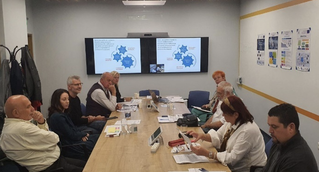 This stage in the preparation of the competency framework was based on research and analysis of relevant sources, good practices and examples. To prepare the competency map, a rich literature on currently existing concepts, policies and initiatives related to smart cities and competencies was drawn upon. Suitable analyses and existing case studies describing the challenges in designing, implementing and managing smart city projects were collected by the project partners. Second step: Reference competencies framework 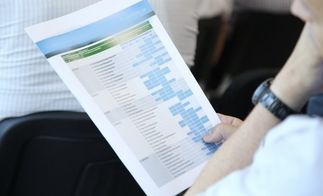 At the second stage after identifying and the description of all competencies, the definition of the proficiency levels of every one of them, and after specifying and validating which of them are mandatory and optional for the three professional roles a Competency Framework Explorer was developed as an integration of all aspects - 4 competence areas, 40 competences, 5 proficiency levels and the relevant knowledge and skills. It explores the competences and the three SC professional role profiles identified by mapping process. These are the typical roles performed by the smart city projects professionals, covering the full business processes. This framework was used as a basis for the competency identification and help to clarify each professional profile with its mandatory competency description for corresponding proficiency levels, the main tasks and deliverables for any of these roles. Third step: Curricula package  The Curricula packages was developed in the context of whole Toolkit. There are developed 4 training modules, corresponding to the fourth groups competencies. The training module presents the competences to be acquired at the conclusion of the training program and the structure of the training program, along with the training and evaluation methodology as well. The third part of every module was built upon the training material organized in order to create the specific curricula for each of the three job profiles. The professionals who are interested in developing knowledge and skills to better perform in the competitive market of smart cities’ projects, will have clear learning path to fulfil. Fourth step: User Guide for implementation A User Guide is a brief statement of instructions on how this toolkit can be used and benefit users. These instructions are in a form of Questions and answers would be particularly useful for the target group of professionals who perform or can perform one of the three selected professional roles.
Those interested in this toolkit can expect its publication on the project website in March. Author CSKC More than one year ago, on March 2021, the research company ESI ThoughtLab released Smart City Solutions for a Riskier World, a forward-looking study that provides city decision-makers with an evidence-based playbook for driving better social, environmental, and economic outcomes in today’s transformed world. A team of 30 economists and subject matter experts assessed the impact of technological, economic, and demographic shifts on cities. The research, based on a survey of 167 city leaders from 82 countries around the world, dramatically underscores the vital role of technology, data, partnerships, and citizen engagement in enabling municipalities to help give rise to a new class of cities-Cities 4.0. It was based on rigorous analysis, including in-depth phone surveys of smart city leaders around the world. The full list of cities, which includes Abu Dhabi, Amsterdam, Atlanta, Bangkok, Beijing, Rio de Janeiro, Washington, DC, Cairo, and Libreville, can be found by visiting www.citysolutions.riskierworld.com. Urban experts and economists at ESI ThoughtLab benchmarked the cities on the use of smart technologies, data analytics, partnerships, and other levers of change across their urban ecosystems to develop this ground-breaking data and analysis. The research company also correlated and integrated data on city services, demographics, and quality of life from the World Bank, Numbeo, IESE, and other well-respected sources. To gain a citizen perspective, ESI ThoughtLab is also conducting ongoing AI-enabled sentiment analysis of residents of 10 representative cities around the world, which is publicly available on www.citysolutions.riskierworld.com. All data and results from the study were reviewed by an independent advisory board of city leaders, corporate executives, and academic experts, including representatives from sponsoring companies Axis Communications, Bentley Systems, Cisco, Deloitte, Hatch, Honeywell, Intel, The International Finance Corporation, Microsoft, NTT, and Oracle. Rise of Cities 4.0 & technology investments set to fuel changeESI ThoughtLab researchers found that 20 of the 167 cities surveyed meet the definition of Cities 4.0 - cities that excel at leveraging technology, data, ecosystems, and partnerships of all kinds, including those with businesses, universities, citizens, and communities. As a result, Cities 4.0 are further ahead in smart city initiatives than other cities. For example, they widely deploy 14 smart city projects versus an average of seven for other cities and they have superior infrastructure, better public transportation, roads, parks, healthcare, and digital connectivity. The 20 Cities 4.0 identified in the study are Aarhus, Athens, Baltimore, Barcelona, Berlin, Birmingham, Boston, Copenhagen, Helsinki, London, Los Angeles, Madrid, Moscow, New York, Orlando, Paris, Philadelphia, Singapore, Tallinn, and Vienna. The research also found that cities are investing in an array of smart technologies. The largest investments are being made now in cloud (87% of cities), mobile (85%), IoT (81%), biometrics (72%), and AI (66%). Over the next three years, the technologies posting the largest increases in investment will be digital twins (+164%), 3-D printing (+125%), augmented reality/virtual reality (+63%), and data warehouses (+50%). Here's how the research team defined the stages in making a city smarter: Steps to becoming City 4.0Finally, the main finding of this survey is that there are 4 steps to becoming a City 4.0 and they are, as follows:
Critical skills are needed in smart city project managementFor a city to successfully go through these steps and become a city 4.0 the skills and appropriate qualifications of the people involved in this process are necessary. This is also the goal of the Skills4Cities project, being implemented by the Cluster Sofia Knowledge City and partners. Posts about this project and on this topic can be found on the cluster site as well as on the blog at the project website. Interesting conclusions can also be drawn from the data in our survey HERE.
Author @KISMC Immersed in a constant technological change, the innovation rhythm keeps going even quicker. The latest tech developments have been creating new opportunities, and now, their impact is starting the next data centered revolution. The global data monetization market size was valued at USD 1.62 in 2020 and it is estimated to reach a USD 7,34 billion market size by 2027. Data will become one of the most precious assets of the world by far, even more important than gold. The race to dominate this new era increased the interest in data acquisition, protection, transference, and analysis. These principal data value chain parts can be upgraded due to 5G, Artificial intelligence, quantum computing and cybersecurity technologies. With these assets, new products and improvements will keep being designed, impacting our daily life from household appliances to smart city solutions. However, all the products are going to be smarter and more complex in the future and the only way companies will be able to develop these new smarter products will be throw collaboration platforms. Any company which wants to design a competitive product in the future market, will not possess all the components or technology of the value chain. Therefore, companies which collaborate will gain access to more resources and technologies to keep being competitive on the marketplace. For example, the need to cybersecure networks has increased since IoT has gone forward, and now, the necessity to integrate cybersecurity by design is crucial. That is why, cybersecurity companies must integrate their expertise in the early phases of the design, collaborating and aligning with other product developers all the workforce in the same direction. And the smarter the product, smarter the cooperation must be. All in all, companies will keep innovating and making more complex and better products in the future, but some companies will not be able to keep up and will die on the way. Intercompany collaboration will be one of the most important competitive advantages in the next years and therefore, we must continue creating and nurturing healthy open innovation-based ecosystems. Author
@GAIA Data sources
General aspects, description of the NW development region of RomaniaThe North-West Development Region of Romania includes the counties of Bihor, Bistrița-Năsăud, Cluj, Maramureș, Satu Mare and Sălaj, representing 14.3% of Romania's territory, thus ranking 4th nationally. The region is located on the border with Hungary in the western part, and with Ukraine in the northern part, the southern and eastern borders being inside the country. According to the OECD classification, the North-West region is made up of 3 predominantly rural counties (Maramureș, Bistrița-Năsăud and Sălaj), a predominantly rural region close to the city (Satu Mare) and two intermediate regions close to the city (Cluj and Bihor counties). In the North-West Region of Romania, according to the "Reilly-Converse"10 model, there is a city with complex services of regional importance - the Municipality of Cluj-Napoca and a city with complex services of sub-regional importance - the Municipality of Oradea. The municipality of Cluj-Napoca was designated as a growth pole in the North-West Region, thus benefiting mainly from investments from programs with community and national funding, and the municipalities of Oradea, Baia Mare and Satu Mare were designated as urban development poles. According to the Local Human Development Index, in 2011, Cluj county is the only one in the North West Region to be included in the higher development category, being the 4th in the national top. This is followed by the county of Maramureș which is in the category of developed counties, while the counties of Bistrita-Năsăud, Satu Mare and Bihor are medium to high developed counties. Sălaj County is in the last place between the counties of the region with an average development. No county of the region is included in the category middle-lower development. In each county in the region, the majority of the population - between 30% and 53% - lives in localities with medium to high development. The exception is Cluj County, where the majority of the population lives in localities with comprehensive development; however, here the percentage of the population living in the areas with medium to low development is higher than the one in medium development localities. In the rest of the counties, between 9% and 18% of the inhabitants are in localities with comprehensive development. Access to InternetIn 2018, 79.8% of households in Romania have access to the Internet at home, compared to 2011, when only 43.3% had access. Expressed interest in connecting on the Internet is, however, influenced by the possibilities offered territorially by the providers of this service and the financial availability that each household has. Their transposition in the decision to a purchasing a home computer or connecting to the Internet can explain the large gaps encountered between urban and rural environments. In 2018, the North-West Region is in 3rd place in terms of the proportion of households equipped with computer at home (72%), after Bucharest-Ilfov and West. North-West was growing compared to 2011, in what regarding this indicator, when 45% of households were equipped with a computer. 61% of the citizens of the North-West region uses the Internet daily, 12% of people between the ages of 16 and 74 years have interacted with public authorities via the Internet. The North-West region is in third place after Bucharest-Ilfov and West, in 2018, in terms of internet connection of households (74%), increasing compared to 2011. Share of elderly people of 16-74 year olds who used the internet at least once in 2018 places the North-West region on 3rd place, with 83.9%. Smart city initiativesAccording to the studies carried out by the "Regional Strategy for Sustainable Urban Mobility and Smart Cities of the Northwest Region 2021-2027", from the point of view of the implementation stage of the concept of Smart City at Regional level shows that 70.6% of public administrations are in the early stages, 11.8% want to implement the concept in the next funding period, 8.8% want implementation of pilot projects and 2.9% consider it not a priority for the development of the city/municipality.
Only the County of Cluj and the municipalities of Cluj-Napoca and Oradea have developed strategies or plans for adoption of the "smart city" concept. Currently, the municipality of Cluj Napoca is the only city that appears in specific European "smart city" rankings and networks. This aspect is largely due to a constant effort to develop, test and sometimes scale "smart city" solutions supported by the environment entrepreneurial, educational and public administration. Examples of initiatives of the local public administration of the municipality of Cluj Napoca for the implementation of the smart city strategy:
Overall, until now, 63 smart city projects have been implemented in the municipality of Cluj Napoca as follows; smart mobility category – 23, followed by smart living – 13, smart governance – 12, smart environment – 8, smart economy – 5, smart people – 2 Author @ARIES On 21.09.2022, at the Launchее Center, we held a discussion meeting in connection with the implementation of the Smart Skills for Smarter Cities (Skills4Cities) project, Erasmus+ No 2020-1-BG01-KA202-079071, which has been implemented since 2020 by a consortium with a leading partner Cluster Sofia Knowledge City. We thank the 14 experts from universities, professional organisations and businesses who participated in the discussion. Special admiration to Innovative Sofia, that joined the discussion with their representative on this topic, to which they have a special concern and which is directly related to their activities. Our aim was to obtain expert opinion and feedback on the proposed competences and qualifications required to fulfil three closely related (as a qualification) job roles that we believe can ensure the success of smart city projects, namely Smart Cities Project Developer, Manager and Management Consultant. Participants in this focus group were asked:
In the context of the project, the discussion was directly related to the needs of cities for experts with new and/or upgraded competences, knowledge, skills and abilities, with which they can effectively manage the digital transformation process. In summary, the result of this discussion is as follows:
As a result of the discussion, it was accepted that the proposed competency model and the EQF level for each competence for the three job roles are applicable and suitable for use, giving reason to consider that this stage of the project has been verified and its results can be used in the next phase related to the validation process. You can learn more about the project and its outputs here. Technology has a significant influence in the emergence of smart cities as a hot subject in contemporary urban life and new developments for the foreseeable future in terms of city design. Understanding the benefits and opportunities that various technologies may offer is crucial, since smart cities rely on technology to improve accessibility, infrastructure, sustainability, government services, for the lives of its citizens. Today, we would like to take a closer look at the various ways that Blockchain Technology might positively affect the growth, support the growth and presence of smart cities in a variety of ways. First and foremost, we need to understand what Blockchain is. Blockchain is a distributed ledger, which lets network participants share data in a trusted, transparent and tamper proof way and without the need of a third party acting as an authenticator. Data Exchange & Financial TransactionsArguably one of the “easiest” reasons for implementing Blockchain is to use it as an easy and secure way to exchange data and to facilitate safe, borderless financial transactions. This lets businesses become faster and more efficient in many day-to-day tasks, as the need for third party authentication is no longer needed. Moreover, financial transactions can be facilitated regardless of the time of day or currency one wants to transact in. With a blockchain based payment system, people are not dependent on the opening hours of banks and do not have to face currency conversion transactions. Improved MobilityWith activity on blockchains inherently being trackable, the transportation sector can hugely benefit from its implementation. One example can be creating a secure vehicle tracking system, where owners can act better and faster, in case their vehicle gets stolen. Further, building such a network, where vehicle data gets stored on the blockchain the sale and resale process of vehicles gets enhanced, as a record of all the information about a vehicle is safely stored and accessible on the Blockchain. For more info on an initiative, which is using blockchain technology to build an urban mobility alliance, check out https://bloxmove.com/. Further, https://dlt.mobi/, is developing the Web3 digital infrastructure for connected vehicle and IoT commerce, with the goal of making “transportation more efficient, equitable, decentralized, and sustainable, all while preserving the data privacy of users and providers alike”. Real Estate OwnershipBlockchain can provide a secure database with all the information about a property and its history in one place, and further ease up the buying and selling process through the use of smart contracts. All in all, smart city developers should seriously consider taking advantage and incorporating as many technologies as possible, when planning and establishing a smart city. References 1 https://www.forbes.com/sites/naveenjoshi/2022/04/07/6-ways-in-which-blockchain-makes-your-smart-city-even-smarter/ 2 https://www.c-sharpcorner.com/article/smart-city-and-blockchain-when-innovation-meets-technology/ 3 https://www2.deloitte.com/za/en/pages/financial-services/articles/blockchain-for-smart-cities-article-3-of-3.html 4 https://www.microsoft.com/en-us/industry/government/resources/smart-cities CEDEFOP is helping the European Commission, EU Member States and the social partners to develop the right European VET policies and has created a recent policy brief in relation to the smart and green city (SGC). According to the policy brief "VET for smart cities and the green transition" published by CEDEFOP on August 16, 2022, the European Green Deal (EGD), which aims to give a response to the problems related to climate change and environmental degradation, could be positively affected by vocational education and training (VET) practices. A smart city is considered to be so when it has the relevant technologies to transmit information in an autonomous and efficient way. The information is collected through different technologies, sensors or networks and once analysed, it is used in an efficient way to contribute to the improvement of the urban environment. These activities are often related to transport, water waste or air quality, among others. According to CEDEFOP’s policy brief, both green and digital transitions together could give an impulse to the performance of the green deal and achieve its main goals and priorities. This city model encourages green practices that help to reduce the carbon footprint, such as urban agriculture, forestry, and green infrastructures. In addition, smart cities are based on taking actions that help the environment, such as: encouraging investment in green transport options, increasing renewable energy production, making buildings more energy efficient and prioritising sustainable waste management. In order to follow these steps and achieve an EU green deal ensuring no net emissions of greenhouse gases by 2050 and economic growth decoupled from resource use, municipal authorities must actively participate, through policies, in the introduction of this new model and its practices. Moreover, it will be essential to introduce VET activities so that their citizens have the relevant training and skills and can be part of this new society and contribute with it to their new jobs. Therefore, VET should explore areas of competences such as transversal skills, disruptive technologies, smart city projects domains and smart cities challenges. Through the learning of these competences, the individuals will develop and train on skills, such as creative thinking, learning by experience or analytical skills. With the SKILLS4CITIES project we aim to develop and test learning and validation tools for the training of experts, personnel and managers of smart cities for their newly emerging roles. The project supports the development of competence maps, referent competence frameworks, recognition and validation of new curricula and training materials. As a result, the initiative promotes new career routes for the workers, managers, and specialists in smart cities who are now entering the workforce. Author @IDEC References: CEDEFOP. (2022, August 16). VET for “smart” cities and the green transition. Retrieved August 22, 2022, from https://www.cedefop.europa.eu/en/news/vet-smart-cities-and-green-transition European Commission. (2019, October 12). A European Green Deal. European Commission - European Commission. Retrieved August 23, 2022, from https://ec.europa.eu/info/strategy/priorities-2019-2024/european-green-deal_en This article concerns the smart city platform of the city of Burgas and represents a good practice for creating smart cities. The case of Burgas, the second largest city on the Bulgarian Black Sea coast, is based on more than 8 years of history, when it was the beginning of the adoption and development of this concept in the seaside city. The information about this case is taken from an article. IntroductionMany smart city projects have been implemented most of which concerns the integrated smart systems for managing urban aspects such as mobility (bicycle, pedestrian, traffic control, parking control, public transport), waste management (separate collection and recycling), environmental monitoring (air pollution, water level) and the risks of adverse events, video-monitoring in urban areas, public sites and transport sites, in favor of improving the quality of life of citizens and their active involvement in planning for the future of the city. Based on what has already been completed, the challenge now is the city to upgrade individual systems and strive to multiply their benefits by integrating data into a common, intelligent urban platform, in which and through which city data can be shared, analysed and visualised. The Platfrom Smart BurgasSmart Burgas collects data from the various smart devices and systems operating in the urban environment. It is an integrated monitoring platform which helps the city by contributing to transparency, facilitates control, has a positive impact on the organisation of services and significantly improves the quality of life of the citizens. With the help of the innovative urban platform residents and guests of the city can now easily observe what is happening around them. The Project - All the Data in One PlaceThe city of Burgas already operates a large number of sensors and smart devices communicating within a well-developed infrastructure. Gaining experience in using existing systems and realising the need to increase the city's efforts to spend more intelligently on city resources by using high-tech systems and innovative practices, the city management did the next step – integration of different urban systems into a single urban platform, through which experts and citizens can share and use integrated city data. The Content of the PlatformThe city platform allows users to watch real-time video streaming from city video recording cameras. The dashboard synthesises data on road conditions, city traffic, streets being repaired, parking spaces, sports spots, beach weather, air pollution and water levels. One can get informed about how and where one can dispose of municipal waste for recycling. Investors are offered information about the vacant terrains in the industrial zones, as well as statistics about the companies operating in Burgas with location and number of employees. In the platform one can find information about Burgas mobile device applications and the city cultural and historical landmarks. In the surveys and polls module residents can give their heavy assessment for urban planning and development. UsersThe platform offers a powerful tool supporting the implementation of smart city development. It provides new opportunities for collecting, processing and analysing data on various aspects of urban development. Data can be used, depending on access levels, by:
BenefitsFor residents and guests of Burgas
For the municipal administration
For experts and service providers
FundingThe Smart Burgas project is funded and developed by the Municipality of Burgas. Regulatory FrameworkThe Smart Burgas project is implemented in compliance with the requirements of the following normative acts and strategic documents:
As in all similar cases, the platform is open for day-to-day suggestions on improvement of its functioning - here Author @KISMC On March 23, the Cluster Sofia Knowledge City offered its followers to participate in a survey to study the needs for professions related to smart cities. Through the questions we asked you, we wanted to understand your opinion on the role and challenges in the development, management and implementation of smart city projects and what the needs are for professional knowledge and skills to achieve higher effectiveness of these projects.
We also asked you why and how smart cities can fail, what is needed to avoid such a phenomenon and how the success of smart city projects can be improved. The survey, which was supported by the Skills4Cities Project, included 45 people from different professional groups, for which we would like to thank them! We are glad that we can now present the results of this survey, which you can see HERE! We are pleased to inform you that the international seminar "The smart city project - the building block of digital transformation" that was organized on 28.04.2022 by the Cluster Sofia Knowledge City and University of Library Science and IT has finished with success. It was a stage of the ongoing international project №:2020-1-BG01-KA202-079071 "Smart skills for smarter cities", funded by the Erasmus+ Programme and supported by members of the cluster and the Digitalization, Innovation and Economic Development Department at the Sofia Municipality. Over 50 participants had the opportunity to be in Launchee Center in Sofia to meet the panelists from Innovative Sofia, GATE Institute, ARIES Transilvania, RISK Electronics, ECQA, Austria, and IDEC, Greece and to listen to their discussions. Most of the participants in the event were representatives of smart city stakeholders, students and those who are interested in smart city technologies, challenges and good practices. The participants' attention was drawn on the needs of professional knowledge and skills to improve the efficiency of digital transformation of cities and on the role of three new professions directly concerned with the developing, managing and implementing smart city projects. For those who are interested to view the presentations of our panelists, click on the links below:
We also thank to our moderators Milena Koleva and Christian Filipov from CSKC. More about the project and the planned outputs and deliverables everyone can find on the project website here. |
AuthorSkills4Cities Archives
February 2023
Categories
All
|
|
The Smart Skills for Smarter Cities [Skills4Cities] Project No. 2020-1-BG01-KA202-079071 has been co-funded by the Erasmus+ Programme of the European Union.
This website reflects the views only of the author, and the European Commission cannot be held responsible for any use which may be made of the information contained therein |
SKILLS4CITIES |
SUPPORT |
Copyright ®2021 SKILLS4CITIES. All rights reserved.
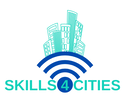
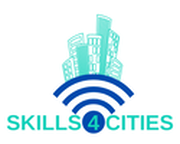



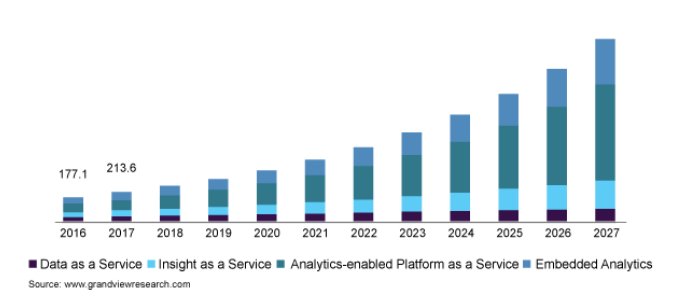
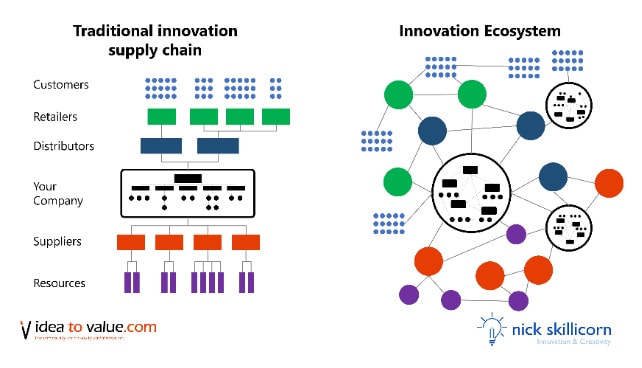

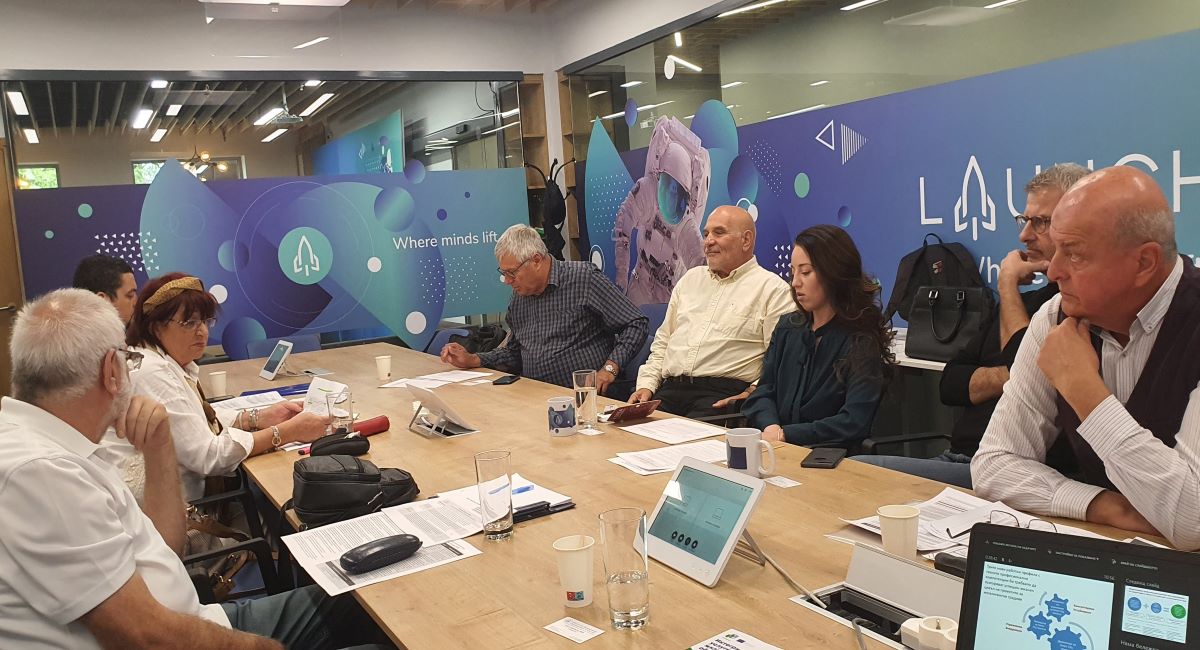


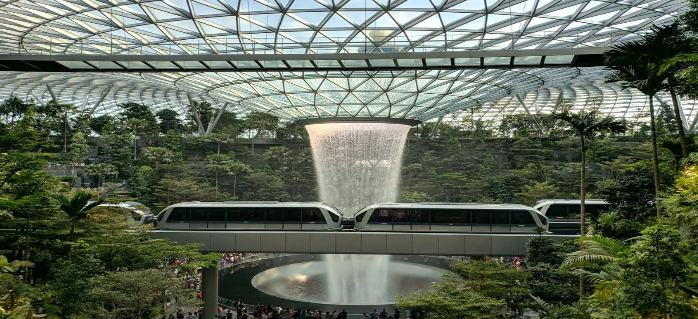


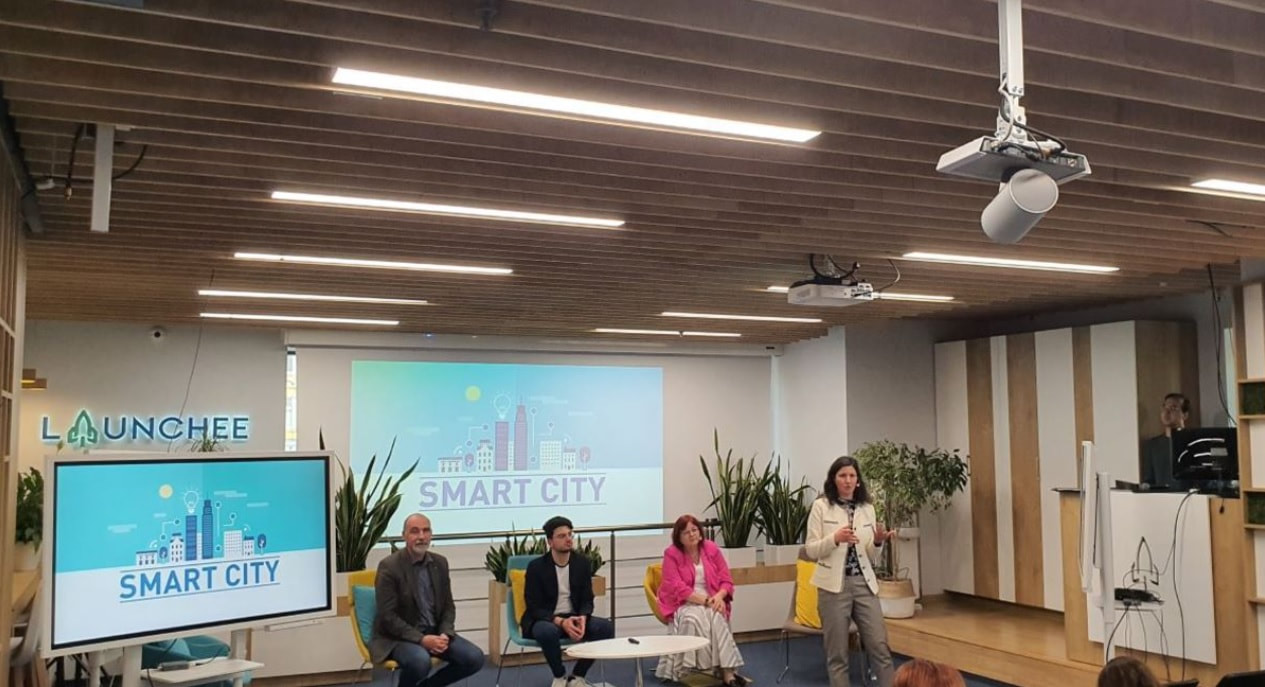
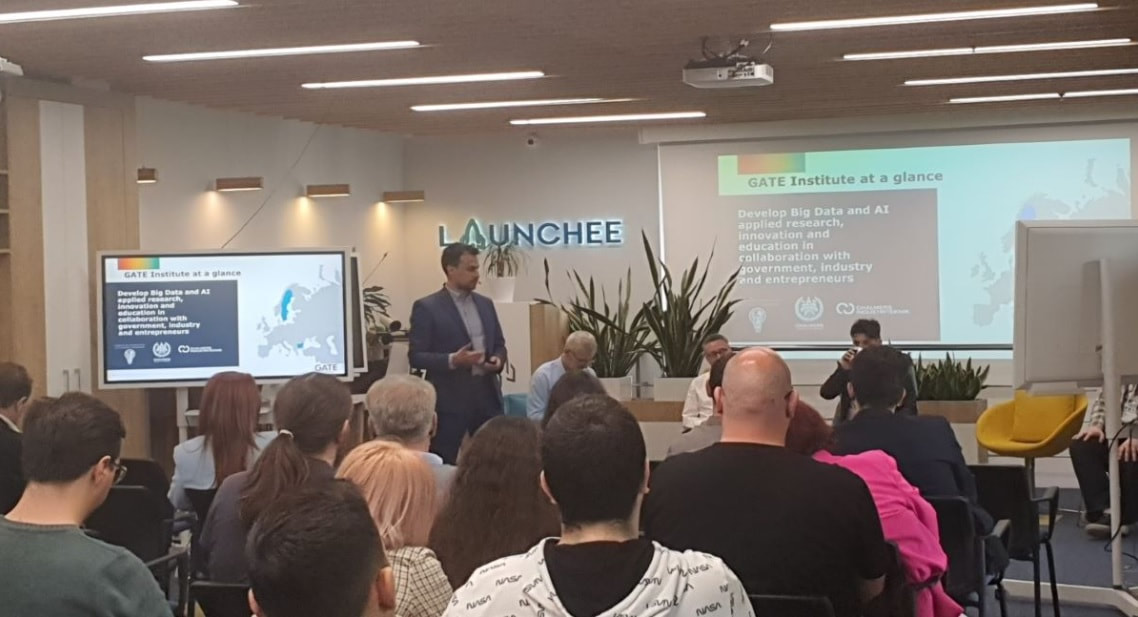
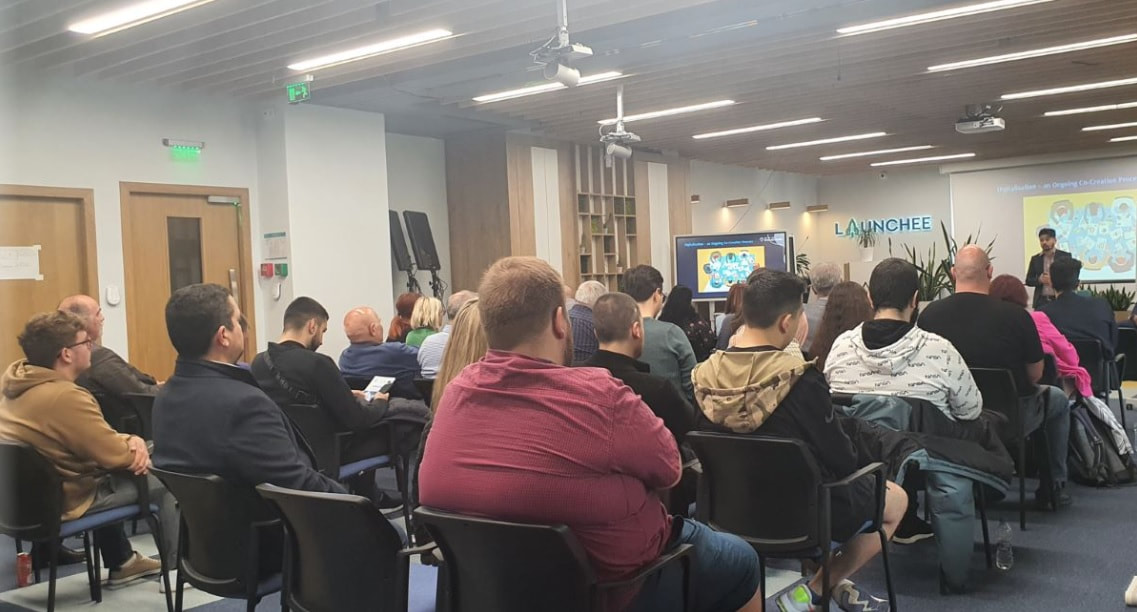

 RSS Feed
RSS Feed
